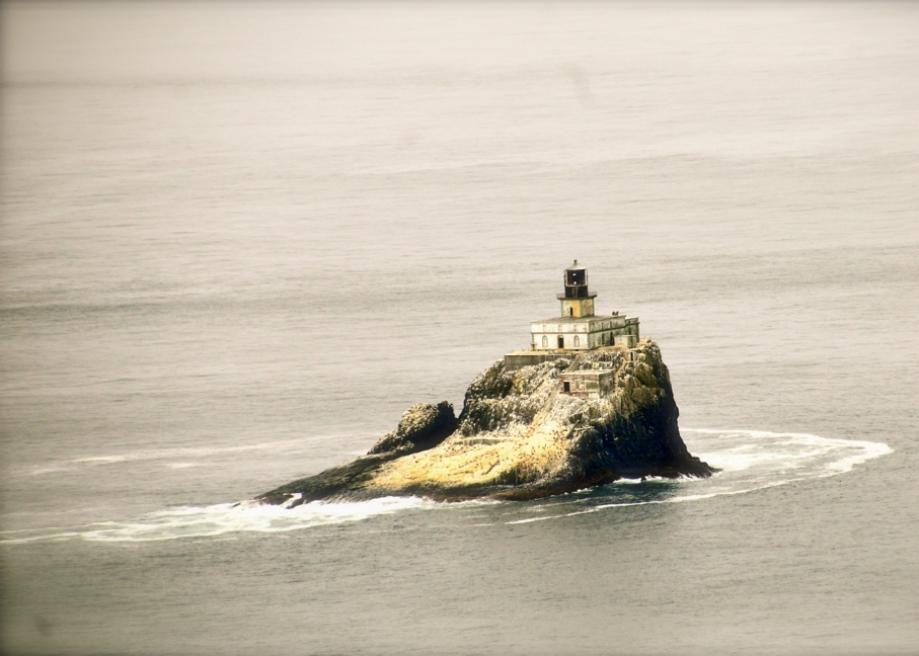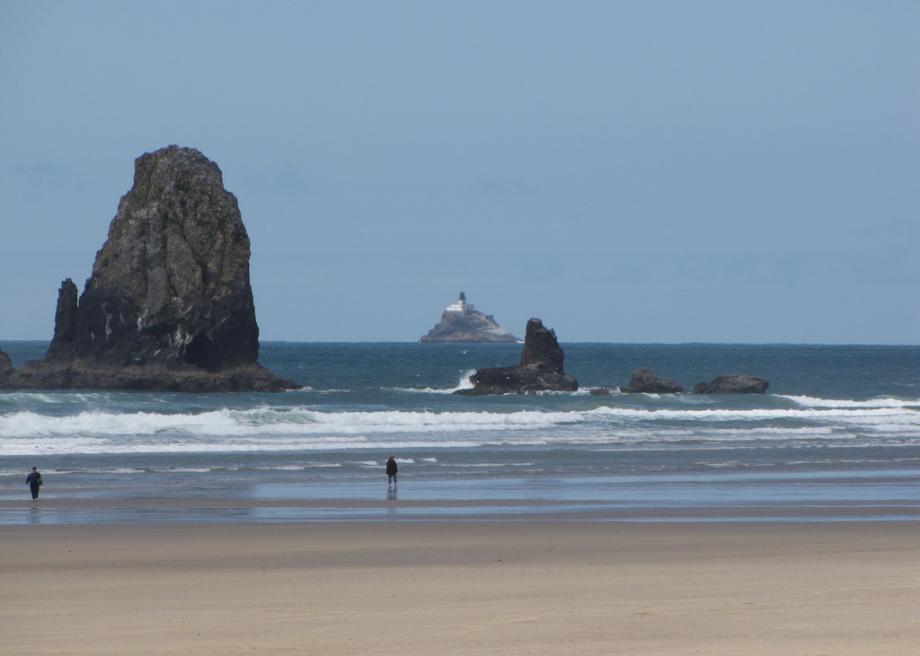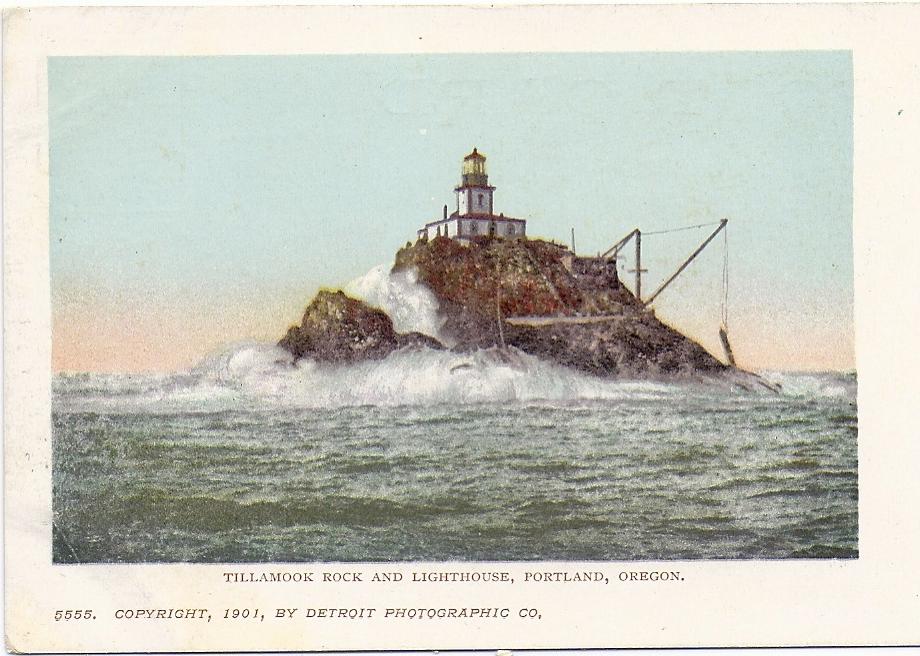Terrible Tilly, the Lighthouse of Death and Madness
Atlas Obscura on Slate is a blog about the world's hidden wonders. Like us on Facebook, Tumblr, or follow us on Twitter @atlasobscura.
Things did not begin well for the Oregon lighthouse that came to be known as Terrible Tilly. In 1878, the government decided that ships sailing around Tillamook Head needed more light and better guidance. There was no suitable place to build a lighthouse on the headland, so attention turned to Tillamook Rock, a big chunk of basalt 1.2 miles offshore.
In 1879, mason John Trewavas set off for the island to do a spot of surveying. When he attempted to land on the rock, his body was swept into the tumultuous sea. This would be but one of many deaths and calamities caused by Tillamook's wild waves and unforgiving landscape.
A team of quarrymen managed to build the lighthouse in 575 days, but the process was arduous—they had to rig a line between their ship and the top of the rock and use it to transport both their tools and themselves. Less than three weeks before the lighthouse opened, a ship called the Lupatia sailed close to the shore in thick fog. The next morning, the bodies of all 16 crew members had washed up on the rock.
Lighthouse operators at Terrible Tilly had their own trials to contend with. The 80-by-45-foot building was built to house four keepers at a time—all male, all forbidden from bringing families, women, and children. Bunkered down with six months of supplies, the men lived a mentally and physically challenging existence, beset by frequent storms and blaring foghorns.
The Tillamook Rock Light operated for 77 years before being decommissioned in 1957. Then came a fittingly macabre twist. In 1980, Terrible Tilly became a columbarium: a storage house for urns full of cremated human remains. Dubbed "Eternity at Sea," the post-mortem museum amassed a collection of 30 urns before the Oregon Mortuary and Cemetery Board took away its license in 1999. (Less-than-stringent record-keeping and improper urn storage were among the issues cited.)
There are still urns full of remains inside the Tillamook building—"honorary lighthouse keepers," Eternity at Sea called them—but the rock is primarily a seabird nesting spot and can only be accessed by helicopter.
Other Lighthouses of Doom:
View Tillamook Rock Light in a larger map



